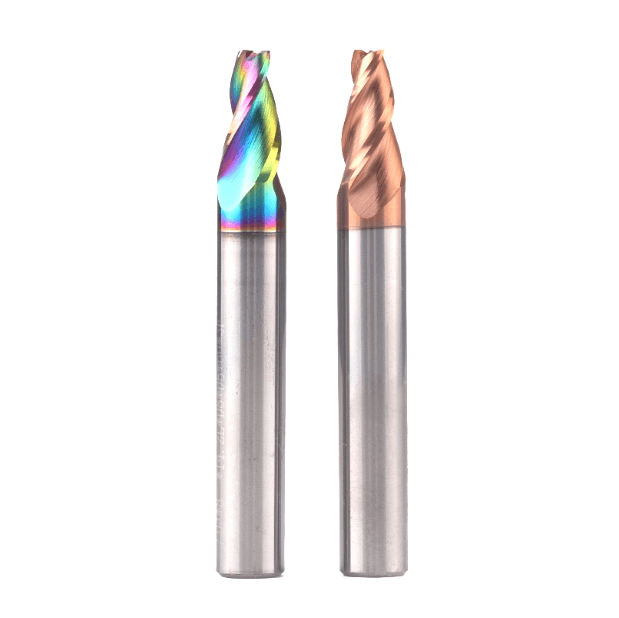Signs It’s Time to Replace Your Cutting Tools for Steel
In steel machining, the condition of cutting tools directly affects efficiency, surface quality, and overall production costs. Even the highest-quality carbide vs HSS cutting tools for steel can eventually wear, chip, or lose cutting performance after prolonged or high-load use. Experienced CNC engineers closely observe chip formation, surface roughness, and cutting force fluctuations to determine […]
Signs It’s Time to Replace Your Cutting Tools for Steel Read More »










